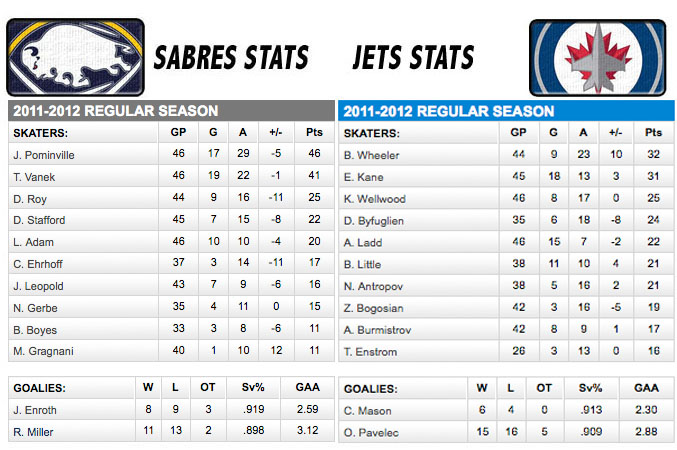Bob Feller is largely considered the Indians greatest player and with great reason. He is the second longest tenured player in history, played his whole career with Cleveland and was a first ballot Hall of Famer in 1962. His number 19 is retired by the club and he has been honored with the creation of the Bob Feller award, given to a Major Leaguer and a Navy serviceman at the end of each season in memory of his service to his country during World War II.
In addition to that, Feller was a bit of a living museum/mascot for the Indians from the time of retirement until just before his death in 2010. Despite this, he had time to write two books (with some help), the first of which was Bob Feller’s Little Black Book of Baseball Wisdom ghost written with Burton Rocks.
While not a real historical work, there is no better look inside the life of Feller, from his youth in Iowa, to his signing with the Indians at 16 and his time in the Navy. The book is full of anecdotes and opinions which are written in extremely short form, generally two to five paragraphs per topic. In the first section, these are all about his life, ranging from birth through retirement, the second about many people he knew around the game of baseball and the third some advice on how to become a great player and the fourth some of his opinions on more topics related to the sport.
It is this third section that is of most interest to those who already know about Feller’s career. In it, he discusses topics from the modern age, like interleague play and those from his era, like was makes a person a hero. He does some comparisons of the ages, including of the stadiums, the four and five man rotation and other aspects that have changed over the year.
It isn’t apparent how much was actually written by Feller, but to say one thing, he is very terse. Rather than reading like a novel or biography, each sentence is straightforward and to the point, much like Feller in person. In fact, much of this book was discussed by Feller in his years with the Indians and I feel lucky that I was able to talk to him in person during his later years. Particularly for those who never got the chance including those younger fans who don’t know much about Feller, this is a great beginner’s book.
In a day where much of the old school wisdom is being discarded, Feller does provide some great insight into what makes a great pitcher. There should be a distinct separation between the upper management, who view things through numbers and the players who should not. Instead of focusing on things like strike outs (hoping for a low FIP) as a pitcher or walks (hoping for a high OBP) as a hitter, players should be focusing on the fundamentals of the game to become the best overall player he can. There isn’t enough here to build a training regimen around, but the basic ideas provided should help provide direction to any young pitcher.
If there is one area where Feller’s curmudgeonly ways come out it is discussing money around baseball. Obviously Feller valued loyalty over anything else, making just $503,800 (according to baseball-reference) during his 18 year career, a maximum of only $41,250 for a single season. While that was good pay at the time, it is easy to see how he would be disgusted by the current state (the book came out in 2001) of MLB salaries and free agency. His takes on this and many other changes in baseball are contained in the final section of the book.
It’s a short book, but can been found pretty cheaply and should be a part of any Tribe fan’s collection. If for no other reason than to honor the life of the greatest Indian to ever play the game on your bookshelf. I was lucky enough to get an autographed edition, something that will become more and more rare as the years go by.
Add The Sports Daily to your Google News Feed!

